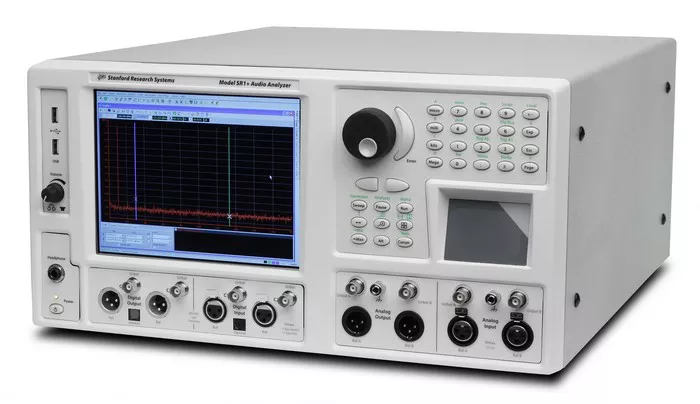Zirconia oxygen analyzers are precision instruments used extensively in industrial and environmental applications to measure oxygen concentration in gases. These devices utilize a specialized ceramic material—zirconium dioxide (ZrO2)—which exhibits unique electrochemical properties that allow it to function as a solid electrolyte sensor. By leveraging these properties, zirconia oxygen analyzers provide accurate and reliable measurements of oxygen content in various gas mixtures, essential for processes where oxygen control is critical.
The Composition and Structure of Zirconia Sensors
The core component of these analyzers is the zirconia sensor, typically in the form of a tubular or planar ceramic element coated with porous electrodes, usually platinum. Zirconium dioxide, stabilized with yttria or calcia to maintain its crystal structure at high temperatures, acts as an oxygen ion conductor when heated above 300°C. This ion conductivity enables the sensor to generate an electromotive force (EMF) that correlates directly with the difference in oxygen partial pressures between the measured gas and a reference atmosphere, usually ambient air.
How Zirconia Oxygen Analyzers Work
The operation of zirconia oxygen analyzers is based on the Nernst equation, which describes the voltage generated by the electrochemical cell formed by the sensor. When the sensor is heated, oxygen ions migrate through the zirconia electrolyte from the side with higher oxygen partial pressure to the side with lower oxygen partial pressure. This ionic movement creates a voltage difference between the electrodes proportional to the logarithm of the oxygen partial pressure ratio:
E = (RT/4F) * ln(PO2,ref/PO2,meas)
Where:
E = electromotive force (EMF) in volts
R = universal gas constant
T = absolute temperature (Kelvin)
F = Faraday’s constant
PO2,ref = oxygen partial pressure on the reference side
PO2,meas = oxygen partial pressure on the measured gas side
This EMF is then converted into an oxygen concentration reading by the analyzer‘s electronics.
Sensor Heating and Signal Processing
Maintaining a consistent sensor temperature—commonly around 600 to 800°C—is crucial for reliable ion conduction and sensor response. This is achieved via an integrated heater element embedded within or attached to the zirconia sensor. The temperature stabilization circuit ensures steady sensor operation, preventing measurement errors caused by thermal fluctuations.
The sensor’s voltage output is very small and requires amplification. The analyzer electronics process this signal, compensating for temperature changes, calibrating the response, and converting the voltage into a readable oxygen concentration value, typically expressed in percentage or parts per million (ppm).
Applications of Zirconia Oxygen Analyzers
Zirconia oxygen analyzers find wide applications across multiple industries:
- Combustion Control: Monitoring oxygen levels in flue gases for optimizing fuel combustion efficiency and reducing emissions.
- Process Control: Measuring oxygen concentration in chemical reactors, gas production plants, and refining processes.
- Environmental Monitoring: Detecting oxygen content in exhaust gases to comply with air quality standards.
- Medical and Life Sciences: Ensuring oxygen purity in medical gases and respiratory equipment.
Advantages of Zirconia Oxygen Analyzers
Compared to other oxygen sensing technologies, zirconia analyzers offer several benefits:
- High Accuracy and Sensitivity: Capable of detecting oxygen concentrations from trace levels to pure oxygen.
- Rapid Response Time: Fast measurement enables real-time process control.
- Durability and Stability: Resistant to harsh industrial environments, high temperatures, and corrosive gases.
- Wide Measurement Range: Effective across a broad range of oxygen concentrations.
Limitations and Considerations
Despite their strengths, zirconia oxygen analyzers have some limitations. They require a continuous power supply for heating, and the sensor elements can degrade over time due to exposure to contaminants such as sulfur compounds or particulates. Proper filtration and periodic calibration are essential to maintain accuracy. Additionally, the sensors are sensitive primarily to oxygen and cannot differentiate other gases, which is why integration with multi-gas analyzers may be necessary for comprehensive gas analysis in some applications.
Integration with Instrumentation Systems
Zirconia oxygen analyzers are often integrated into advanced instrumentation systems for process automation. These analyzers provide critical feedback signals to control units that regulate combustion air flow, fuel supply, or exhaust gas treatment. Their compatibility with standard communication protocols and signal outputs makes them invaluable tools in modern industrial Instrumentation frameworks, facilitating seamless monitoring and control.
Conclusion
Zirconia oxygen analyzers represent a cornerstone technology in gas analysis, combining robust ceramic materials with fundamental electrochemical principles to deliver accurate oxygen measurement. Their extensive use in industrial, environmental, and medical sectors underlines their importance in ensuring process efficiency, safety, and regulatory compliance. Understanding their working mechanism and operational nuances enables engineers and technicians to leverage their full potential in diverse applications.

